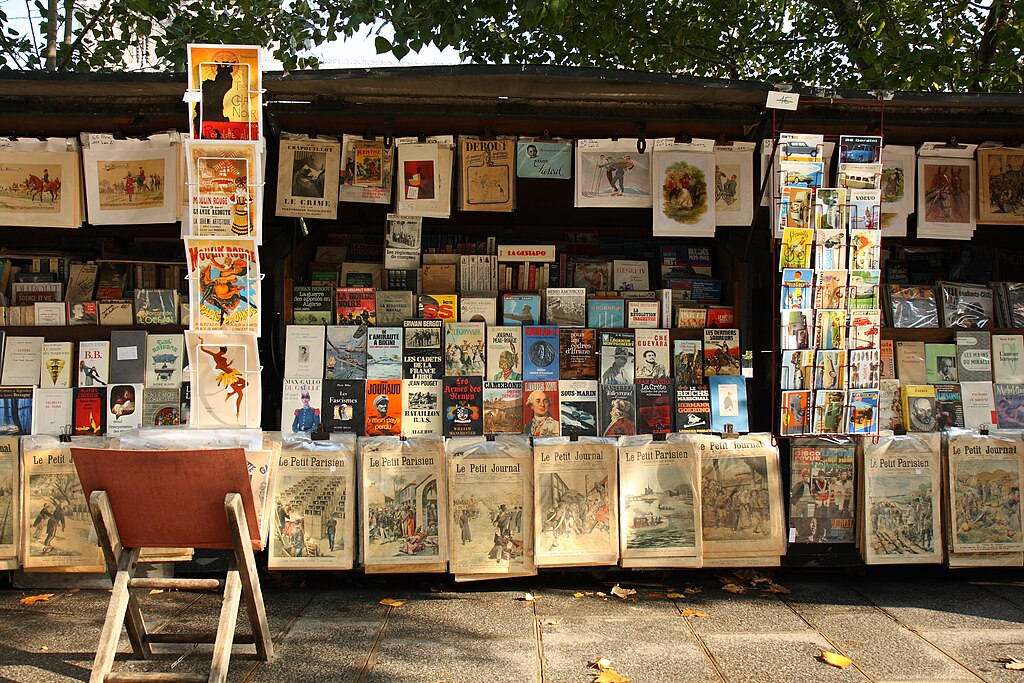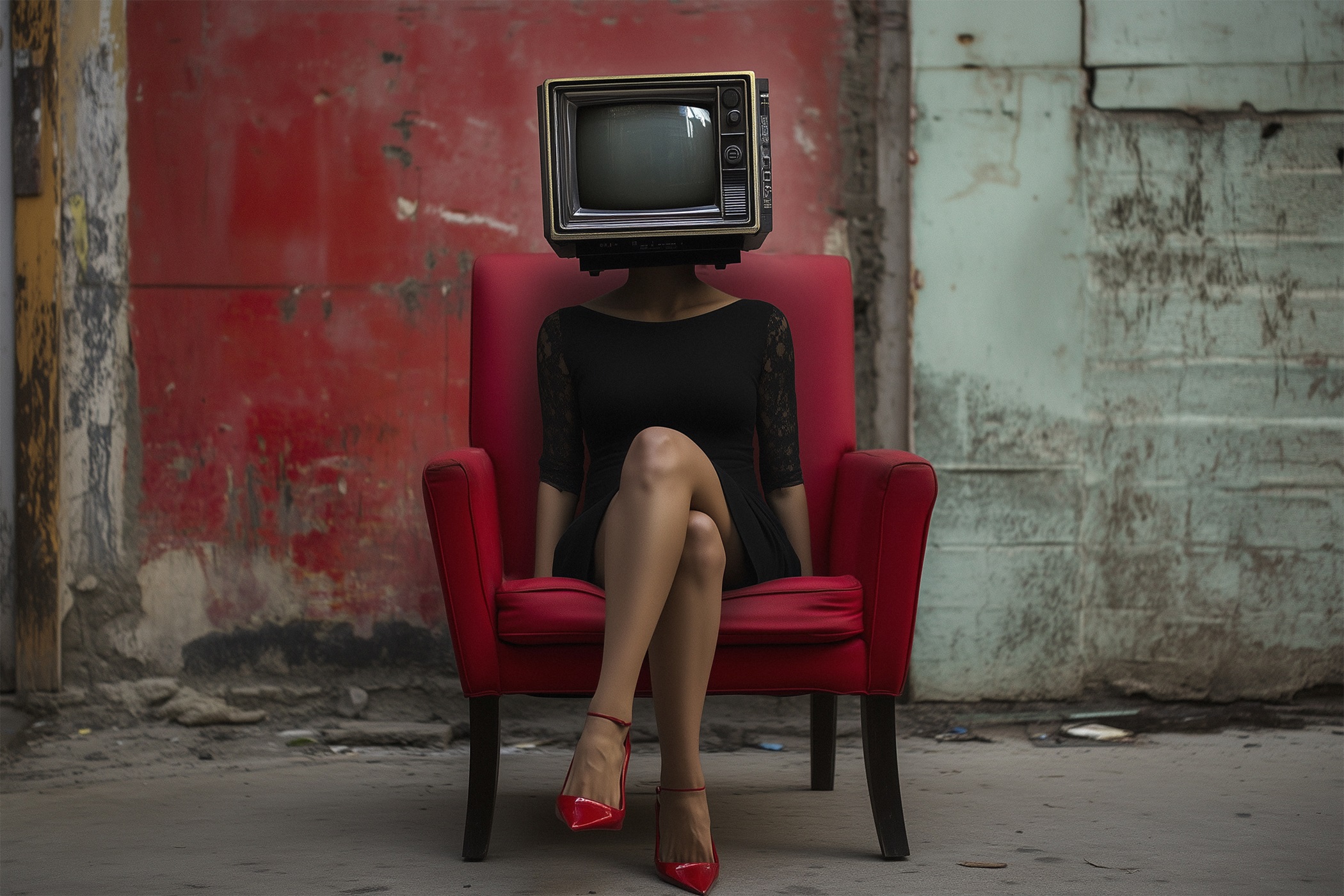Introduction: Charting the Intellectual Currents of Literary Criticism
Literary theory is not merely an academic exercise; it represents a vibrant and evolving field of intellectual inquiry that seeks to provide systematic frameworks for understanding the multifaceted nature of literature.
It moves beyond subjective appreciation to offer rigorous methodologies for analyzing texts, deciphering their cultural and historical significance, and exploring the intricate processes through which meaning is constructed and received. This expanded guide delves deeper into the core tenets of major literary theories, incorporating scholarly insights and demonstrating their nuanced application to diverse literary works.
By providing a more comprehensive and well-researched overview, this article aims to empower students, scholars, and avid readers to engage with literary texts with greater critical acumen and intellectual depth.
The Philosophical Underpinnings of Literary Theory: Questioning Assumptions
At its foundation, literary theory grapples with fundamental philosophical questions that shape our understanding of language, reality, and the human condition. Epistemological concerns about how we know what we know, ontological inquiries into the nature of being, and axiological considerations of value all inform the various theoretical approaches to literature. Recognizing these underlying philosophical currents is crucial for appreciating the distinct perspectives offered by each school of thought.
For instance, the emphasis on objective analysis in early formalism contrasts sharply with the post-structuralist questioning of stable meaning, reflecting divergent philosophical stances on the nature of truth and interpretation.
Expanding the Canon: A More Inclusive Landscape of Literary Theories
Building upon the foundational frameworks, this section offers a more detailed exploration of key literary theories, incorporating recent developments and critical debates within each school.
Formalism and Russian Formalism: The Science of Literary Art
Formalism, particularly the influential Russian Formalist movement (flourishing in the early 20th century), sought to establish a “science of literature” by focusing on the specific features that make a text literary. Key figures like Viktor Shklovsky, Roman Jakobson, and Boris Eichenbaum developed concepts such as ostranenie (defamiliarization or making strange), which describes how literary language renews perception by presenting familiar objects in unfamiliar ways. They also emphasized the distinction between fabula (the chronological sequence of events) and syuzhet (the way those events are organized in the narrative), highlighting the artistic construction of the plot. Their rigorous analysis of literary devices, including sound, rhythm, and narrative structure, laid the groundwork for subsequent structuralist approaches.
New Criticism: The Autonomy of the Text and the Intentional Fallacy
Emerging primarily in the United States in the mid-20th century, New Criticism, with prominent figures like W.K. Wimsatt, Cleanth Brooks, and T.S. Eliot (whose essays significantly influenced the movement), advocated for an intrinsic approach to literary analysis. They championed “close reading,” a meticulous examination of the text itself, paying close attention to its internal coherence, paradoxes, ironies, and ambiguities. A central tenet of New Criticism was the “intentional fallacy,” the argument that the author’s intended meaning is irrelevant to the interpretation of the text. They believed that the meaning resides within the work itself and can be discovered through careful textual analysis, independent of historical or biographical context.
Structuralism: Mapping the Grammar of Narrative and Culture
Drawing heavily on the linguistic theories of Ferdinand de Saussure, Structuralism, gaining prominence in the mid-20th century with thinkers like Claude Lévi-Strauss, Roland Barthes, and Tzvetan Todorov, viewed literature as a system of signs operating according to underlying structures. Saussure’s distinction between langue (the abstract system of language) and parole (individual acts of speech) provided a framework for understanding how individual texts (parole) are generated by underlying literary codes and conventions (langue). Structuralist literary analysis often involves identifying binary oppositions (e.g., good/evil, nature/culture), analysing narrative grammar (Vladimir Propp’s morphology of the folktale), and exploring the semiotic systems that shape meaning within a text and its broader cultural context.
Post-structuralism and Deconstruction: The Instability of Meaning and the Critique of Logocentrism
Post-structuralism, arising in the latter half of the 20th century as a critical response to Structuralism, challenged the notion of stable structures and fixed meanings. Key figures like Jacques Derrida, Michel Foucault, and Julia Kristeva argued that meaning is inherently unstable, fluid, and dependent on context. Derrida’s concept of deconstruction involves a close reading of texts to expose their inherent contradictions, ambiguities, and the ways in which binary oppositions undermine themselves. His critique of logocentrism, the Western philosophical tradition’s reliance on a central, fixed meaning or truth, has had a profound impact on literary theory. Foucault’s work on power, discourse, and knowledge formations further contributed to post-structuralist thought by highlighting how language and social structures shape our understanding of reality.
Psychoanalytic Criticism: Unveiling the Unconscious in Text and Reader
Rooted in the groundbreaking work of Sigmund Freud and later developed by Jacques Lacan and others, Psychoanalytic Criticism applies the principles of psychoanalysis to the study of literature. Freudian analysis often focuses on the Oedipus complex, the unconscious desires of the id, the mediating role of the ego, and the moralizing function of the superego, interpreting literary characters and narratives through these psychological lenses. Lacanian psychoanalysis introduces concepts like the mirror stage, the imaginary, the symbolic, and the real to understand the formation of subjectivity and its relation to language and the literary text. Psychoanalytic criticism can explore the author’s unconscious motivations (though this approach is debated), the psychological states of characters, and the potential unconscious desires and anxieties evoked in the reader.
Marxist Criticism: Literature as Ideology and Social Critique
Drawing upon the theories of Karl Marx and Friedrich Engels, Marxist Criticism views literature as deeply intertwined with the socio-economic conditions of its production and reception. It analyses how literary texts reflect, reinforce, or challenge the dominant ideologies and power structures of a given society. Key concepts include the base (the economic system) and the superstructure (which includes culture, law, politics, and ideology), the concept of class struggle, and the phenomenon of alienation. Marxist critics examine how literature portrays class relations, economic inequalities, and the ways in which ideology can mask or perpetuate social injustices. Thinkers like Louis Althusser and Antonio Gramsci have further developed Marxist literary theory by introducing concepts like ideological state apparatuses and hegemony.
Feminist Criticism: Deconstructing Gender and Reclaiming Women’s Voices
Feminist Criticism has evolved significantly since its early waves. First-wave feminism focused on challenging overt sexism and advocating for equal rights for women in literature and society. Second-wave feminism, emerging in the 1960s and 1970s, critiqued patriarchal structures and the representation of women in literature, often employing psychoanalytic and Marxist perspectives. Key figures like Simone de Beauvoir, Kate Millett, and Sandra Gilbert and Susan Gubar highlighted the ways in which literary traditions have marginalized women writers and perpetuated stereotypical portrayals of female characters. Third-wave feminism and contemporary feminist criticism embrace intersectionality, recognizing the complex interplay of gender with race, class, sexuality, and other categories of identity. They explore diverse experiences of womanhood and challenge essentialist notions of gender.
Postcolonial Criticism: Examining the Enduring Legacies of Imperialism
Postcolonial Criticism analyses the literature and culture produced in formerly colonized nations and examines the lasting impact of colonialism on identity, language, and power relations. Edward Said’s seminal work Orientalism exposed the Western construction of the “Orient” as inferior and Other, a concept that has been central to postcolonial analysis. Homi K. Bhabha’s concepts of hybridity and mimicry explore the complex ways in which colonized subjects negotiate their identities within and against colonial structures. Gayatri Chakravorty Spivak’s work has focused on the subaltern and the challenges of representing marginalized voices. Postcolonial criticism examines themes of displacement, cultural resistance, the negotiation of identity, and the critique of Eurocentric perspectives in literature.
Queer Theory: Disrupting Normative Understandings of Sex, Gender, and Sexuality
Emerging from LGBTQ+ studies and influenced by post-structuralist thought, Queer Theory challenges binary understandings of sex, gender, and sexuality as fixed and natural categories. Key figures like Judith Butler have explored the performativity of gender, arguing that gender is not an inherent identity but rather a social construct enacted through repeated performances. Queer theory examines how literary texts construct, regulate, and subvert normative sexual and gender identities, exploring the fluidity and multiplicity of sexualities and gender expressions. It critiques heteronormativity and challenges the marginalization of non-heterosexual and non-cisgender identities in literature and culture.
Reader-Response Theory: The Phenomenology of Reading and Interpretive Communities
Shifting the focus from the text as an autonomous object to the dynamic interaction between the text and the reader, Reader-Response Theory encompasses a range of approaches that emphasize the reader’s active role in creating meaning. Wolfgang Iser’s concept of the “implied reader” and Stanley Fish’s notion of “interpretive communities” highlight the ways in which readers bring their own experiences, knowledge, and social contexts to the act of reading, shaping their interpretations. Other reader-response theorists, like Louise Rosenblatt, focus on the transactional relationship between the reader and the text, emphasizing the personal and subjective aspects of the reading experience.
Cultural Studies and New Historicism: Situating Literature within Broader Contexts
Cultural Studies, with key figures like Raymond Williams and Stuart Hall, expands the scope of literary analysis to include a wide range of cultural artifacts and practices, examining the complex relationships between literature, popular culture, media, and society. It emphasizes the role of ideology, power, and social context in shaping cultural production and reception. New Historicism, associated with scholars like Stephen Greenblatt, emphasizes the interconnectedness of literary and non-literary texts, analysing how literary works are embedded in and influenced by the specific historical and cultural discourses of their time. It often focuses on the circulation of power and the ways in which literary texts both reflect and shape historical realities.
The Ongoing Evolution of Literary Theory: New Directions and Interdisciplinary Approaches
Literary theory is not a static field but continues to evolve, incorporating new perspectives and engaging with contemporary social and political issues. Ecocriticism examines the relationship between literature and the environment, exploring how nature is represented and how literary texts engage with ecological concerns. Disability Studies analyses the representation of disability in literature and culture, challenging ableist assumptions and advocating for more inclusive perspectives. Digital Humanities utilizes computational methods to analyse large corpora of literary texts, revealing new patterns and insights. These emerging fields demonstrate the ongoing dynamism and interdisciplinary nature of literary theory.
Conclusion: Embracing the Plurality of Interpretation
The landscape of literary theory is rich, diverse, and often contested. There is no single “correct” way to interpret literature, and each theoretical framework offers valuable tools and perspectives for understanding the complexities of textual meaning. By engaging critically with these various approaches, readers can develop a more nuanced and sophisticated understanding of how literature functions, how it shapes our perceptions of the world, and how it continues to resonate across time and cultures. This deeper engagement fosters a richer appreciation for the power and enduring significance of literary art.



